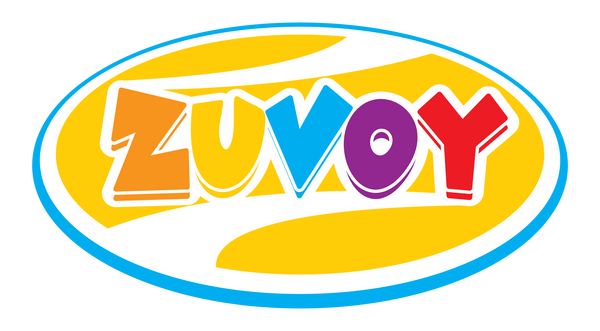Wooden games are more than just classic toys—they’re timeless tools for developing problem-solving skills in children. Unlike screens or battery-operated toys, wooden games encourage kids to use their imagination, think critically, and engage hands-on with challenges. Problem-solving is an essential life skill, and starting early through play helps kids grow into confident, resilient thinkers.
So, which wooden games are best for building these skills? Let’s explore.
1. Wooden Puzzles
Wooden puzzles—from simple shape sorters to complex picture puzzles—are excellent for problem-solving.
- Skills developed: logical thinking, pattern recognition, hand-eye coordination.
- Example: Zuvoy’s Wild & Home puzzle challenges kids to match animals with their correct habitats, teaching reasoning while building focus.
2. Sequencing Games
Games that require children to arrange pieces in order help build logical reasoning and sequencing skills.
- Skills developed: step-by-step thinking, memory, order recognition.
- Example: Sequence Quest lets kids create complete pictures by arranging pieces in the right order, helping them understand cause-and-effect relationships.
3. Matching Games
Matching wooden tiles or cards pushes kids to observe carefully and make quick decisions.
- Skills developed: attention to detail, memory, problem-solving speed.
- Example: Pair-a-Pic engages kids in finding identical or related pictures, strengthening both focus and cognitive flexibility.
4. Lacing and Threading Toys
These games may look simple, but they challenge kids to figure out how to pass a thread through holes in a logical way.
- Skills developed: sequencing, fine motor control, patience.
- Example: Spin & String combines threading with creativity, boosting problem-solving as children figure out different stringing patterns.
5. Balancing Games
Balancing sticks, rings, or blocks test children’s patience and critical thinking. They need to predict, plan, and adjust strategies to prevent structures from toppling.
- Skills developed: planning, hand control, persistence.
- Example: Wooden Steady Rings teach children how to balance and sort rings by color and position while sharpening analytical thinking.
6. Brain-Boosting Puzzles
Challenging puzzles designed specifically for logic building are perfect for older preschoolers and primary kids.
- Skills developed: critical thinking, creativity, resilience.
- Example: Zuvoy’s Cube Craze encourages kids to explore multiple solutions, strengthening their ability to think outside the box.
Why Wooden Games Work So Well for Problem-Solving
- Tactile learning: Kids engage their senses while manipulating pieces.
- Durability: Wooden toys last longer, encouraging repeated practice.
- Screen-free fun: Children focus better and develop patience without digital distractions.
Final Thought
Wooden games are not just toys—they are lifelong tools for shaping young problem solvers. By introducing puzzles, sequencing, matching, threading, and balancing games, parents can create a fun learning environment where kids develop resilience, patience, and logical thinking.
✨ With toys like Zuvoy’s Wild & Home, Sequence Quest, and Cube Craze, children learn that every challenge has a solution—and that’s the true essence of problem-solving.
